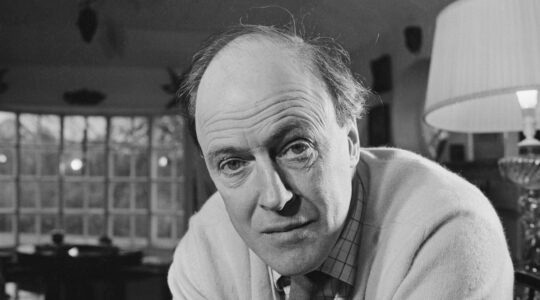Shalom Auslander’s new novel Hope: A Tragedy takes a calculated risk: It’s a neurotic, bizarre story that mines the Holocaust for humor. The plot involves a paranoid middle-aged Jew, obsessed with death and his own mortality, who discovers an old woman hiding out in the attic of his new house. The woman–a crabby, disagreeable writer–turns out to be Anne Frank.
Auslander’s addendum to Frank’s saga–one of the most widely-known and cherished stories to come out of the Holocaust–is definitely brash and morally questionable. (Nathan Englander‘s forthcoming collection What We Talk About When We Talk About Anne Frank might fall in the same category.)
However, Auslander isn’t the first to dip into Anne Frank’s story for literary value. In Philip Roth‘s 1979 novel The Ghost Writer, the protagonist obsesses over a woman, who may or may not be Anne Frank, who was presumed dead in the Holocaust and then became his mentor’s lover. (In the protagonist’s head, Frank–or the woman who might be Frank–confesses her past to him, telling of a narrow escape from Bergen-Belsen, never to see her family again.)
The novel Annexed, which was released last year, is a fictionalized retelling of Frank’s diary, in which Anne’s romance with Peter Van Daan, a boy who lived in hiding with the Frank family, gets steamier than it does in the real-life diary. Another book, The Boy Who Loved Anne Frank (2005), imagines that Peter escaped to America, remarried, and is haunted by the publication of Anne’s diary.
The diary itself has undergone several adaptations, from a stage play and film to a Japanese comic book. Anne’s story–perhaps the most personal of all Holocaust stories–has proven also to be one of the most universal and far-reaching.
JTA has documented Jewish history in real-time for over a century. Keep our journalism strong by joining us in supporting independent, award-winning reporting.





